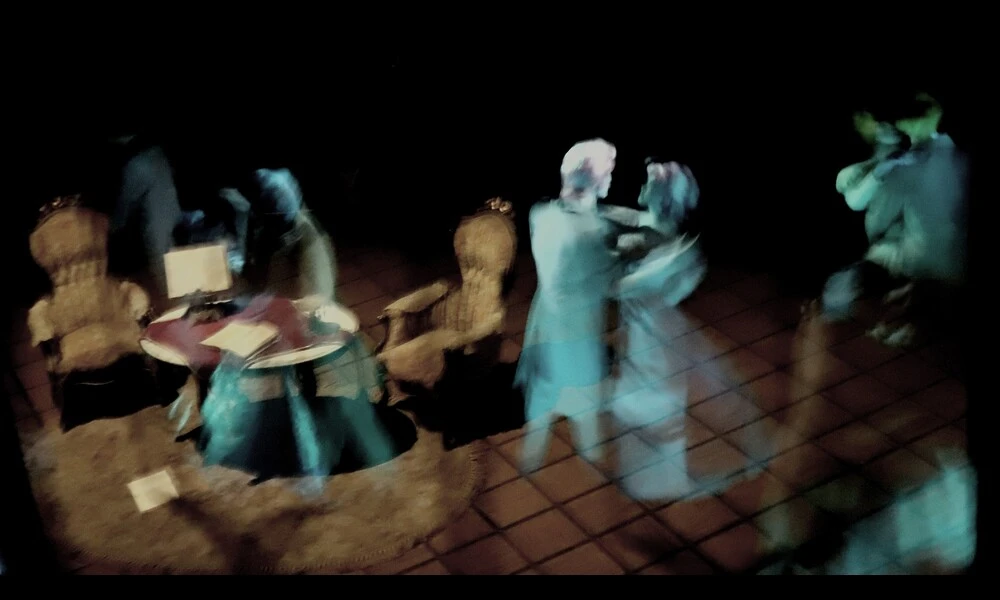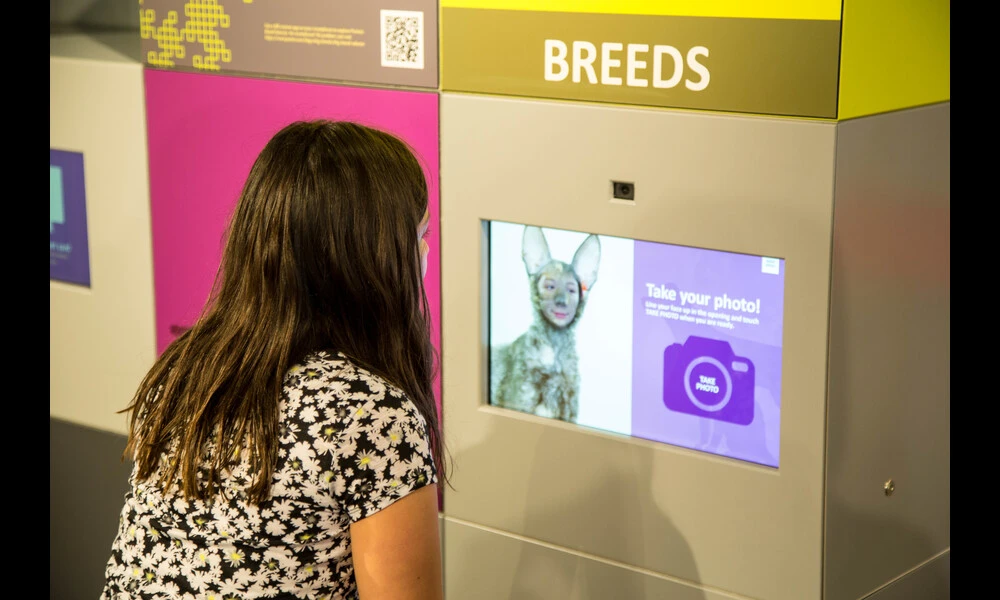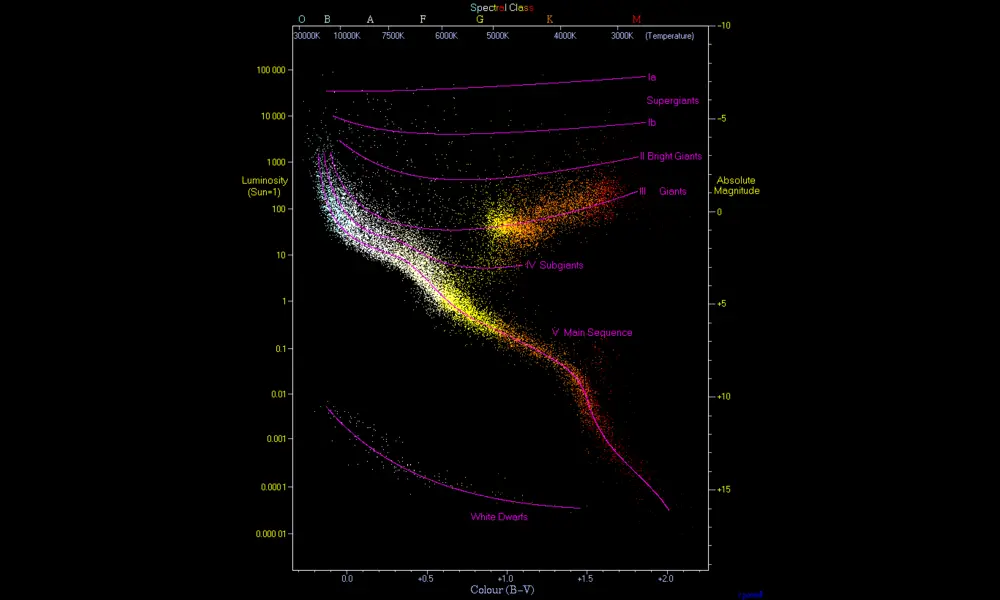The Promising Potential of Holography in Medicine
Published on Sat Oct 28 2023 The Haunted Mansion | Thank You (24 Millions ) views on Flickr
The Haunted Mansion | Thank You (24 Millions ) views on FlickrHolography, once a concept only seen in science fiction, has emerged as a groundbreaking technology with significant potential in the field of medicine. In a recent preprint paper titled "Holography in Medicine: Three-Dimensional Visualization for Surgeons," researchers explore the applications of holography in medicine, specifically its role in providing three-dimensional visualization for surgeons. The paper discusses the use of holography in medical imaging, surgical planning, education, and telemedicine, highlighting the current challenges and future prospects.
Holography is a technique that captures and reproduces three-dimensional images using laser light. Unlike traditional photography, which only records the intensity of light, holography captures both the intensity and phase of light waves, resulting in realistic 3D images with depth and parallax. By utilizing holography in medical imaging, surgeons can access true 3D representations of a patient's anatomy, allowing for a more accurate and immersive understanding of the human body.
The paper outlines various applications of holography in surgery. For instance, holographic 3D representations can aid in preoperative planning by allowing surgeons to visualize complex structures, such as blood vessels and nerves, in 3D before entering the operating room. This enhances surgical precision, reduces the risk of complications, and minimizes the need for invasive exploratory procedures.
Intraoperative holography, a cutting-edge field, has the potential to revolutionize how surgeries are performed. Wearable devices, such as lightweight headsets, are being developed to project real-time, dynamic 3D holographic representations of a patient's anatomy directly within the surgical field. Surgeons can manipulate these holographic images using simple hand gestures or voice commands, reducing the need to touch non-sterile surfaces during surgery. Additionally, machine learning and artificial intelligence are being leveraged to improve the accuracy and relevance of holographic data during surgery, providing the surgeon with critical real-time information.
Holography also has significant implications for medical education and training. Integrating holography with virtual reality (VR) technology enables the creation of realistic, interactive simulations for students and trainees. These simulations allow users to perform virtual surgeries, manipulate 3D holographic anatomical models, and practice clinical procedures. The advantage of VR and holography in medical education is the ability to simulate rare or complex cases, enhancing surgical skills and patient safety by reducing the risk of errors during real procedures.
Telemedicine, the practice of providing medical care remotely, is another area that benefits from holography. Surgeons can share 3D reconstructions of patients' conditions with remote specialists, enabling comprehensive understanding and remote collaboration. Holography combined with telemedicine has the potential to address global healthcare disparities by bringing specialized medical expertise to underserved regions.
While the potential of holography in medicine is immense, several challenges need to be addressed for widespread implementation. These challenges include cost and accessibility, system integration with existing healthcare infrastructure, data security and privacy, real-time imaging capabilities, and standardization efforts. Ongoing research and development, collaboration between different disciplines, and the adaptation of legal frameworks are crucial for the continued advancement of holography in medicine.
The future of holography in medicine holds incredible promise. Integration and standardization within the healthcare ecosystem, the synergy between holography and artificial intelligence, the potential for personalized medicine, advancements in miniaturization and portability, and interdisciplinary collaboration are all driving the field forward.
In conclusion, holography in medicine has the transformative potential to enhance patient care, improve surgical precision, revolutionize medical education, bridge healthcare disparities, and democratize access to specialized care. As holography becomes more accessible and integrated into routine medical practice, its impact on healthcare is expected to be profound. Further research and technological advancements will continue to shape the future of holography in surgery and healthcare as a whole.



